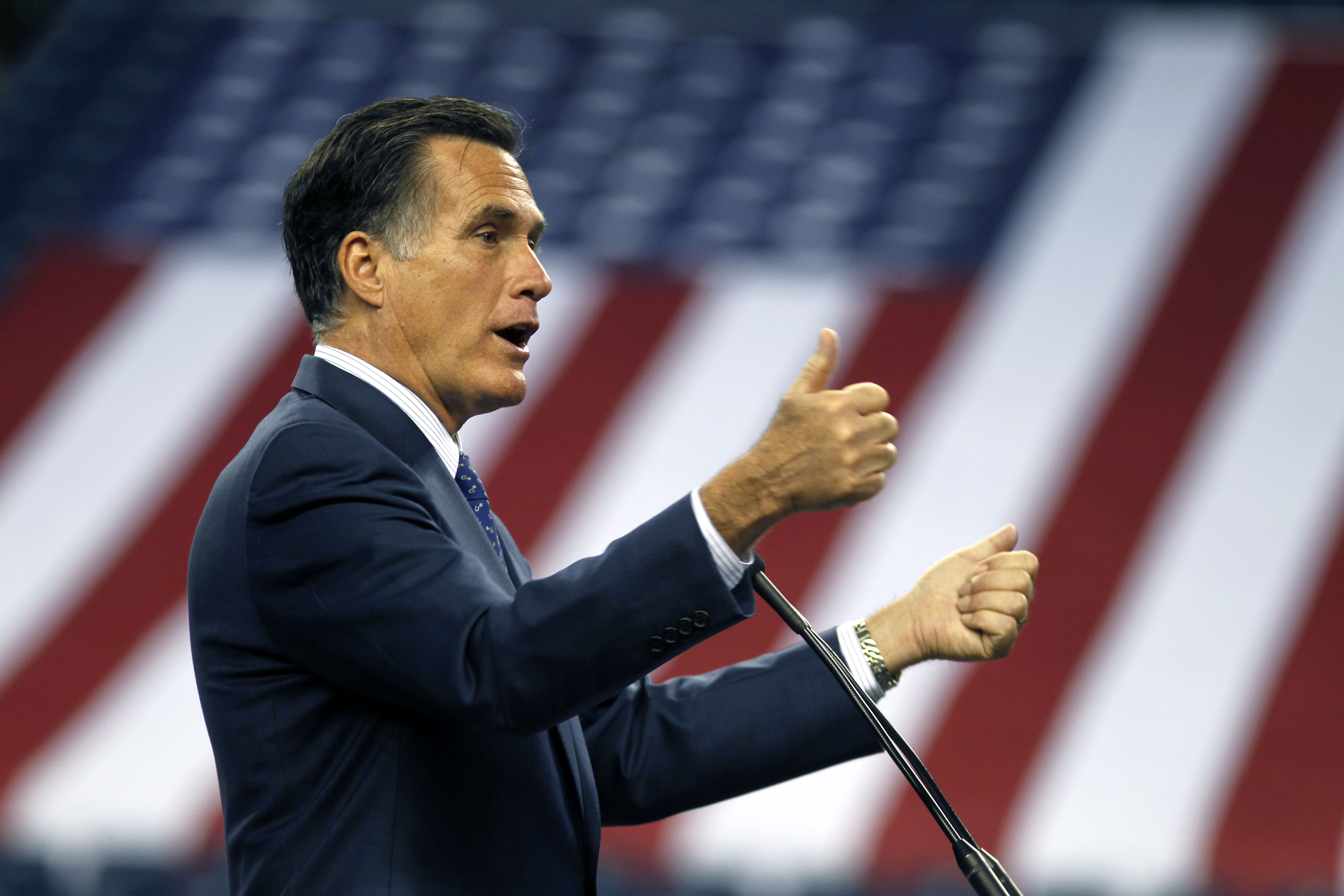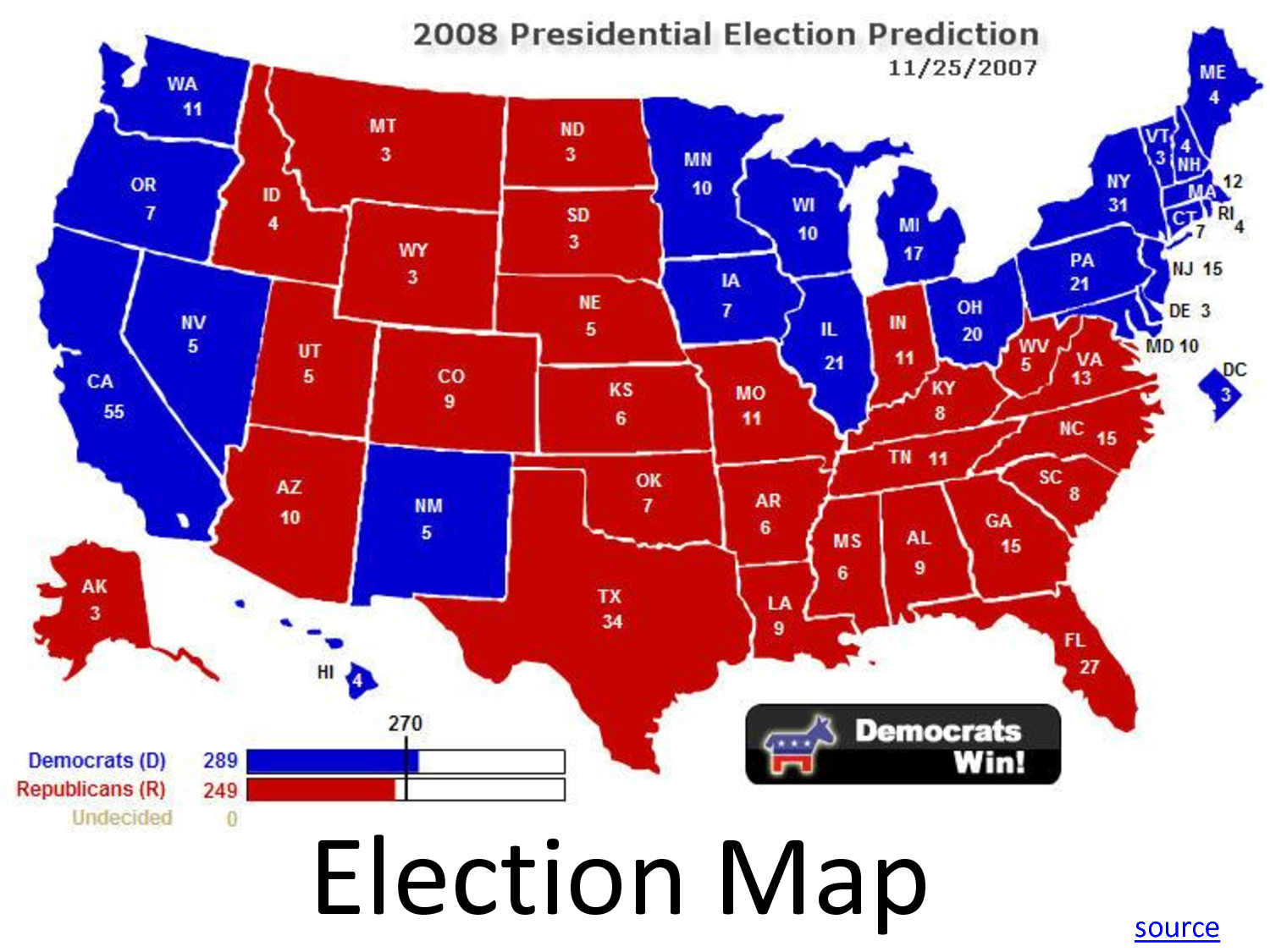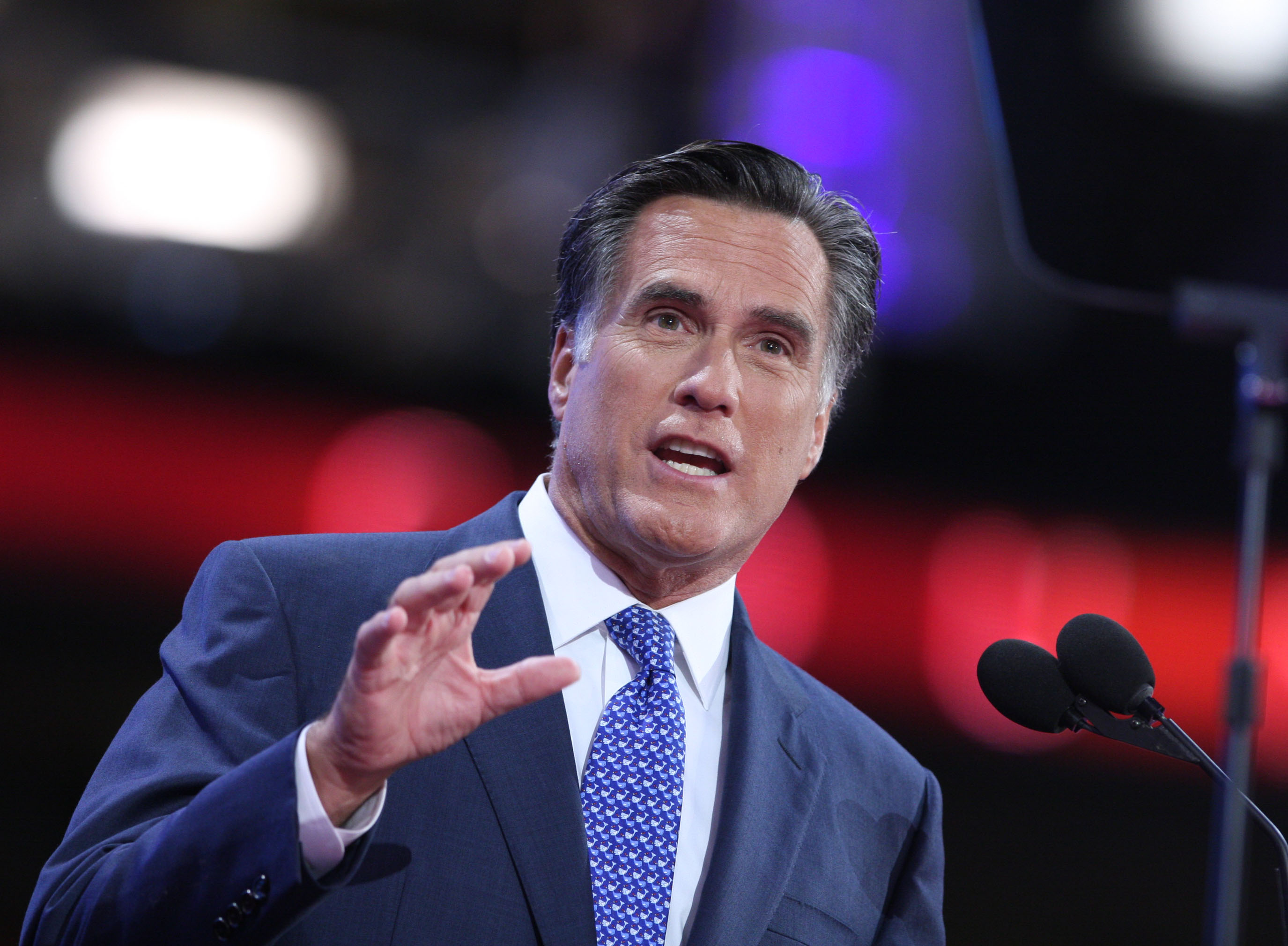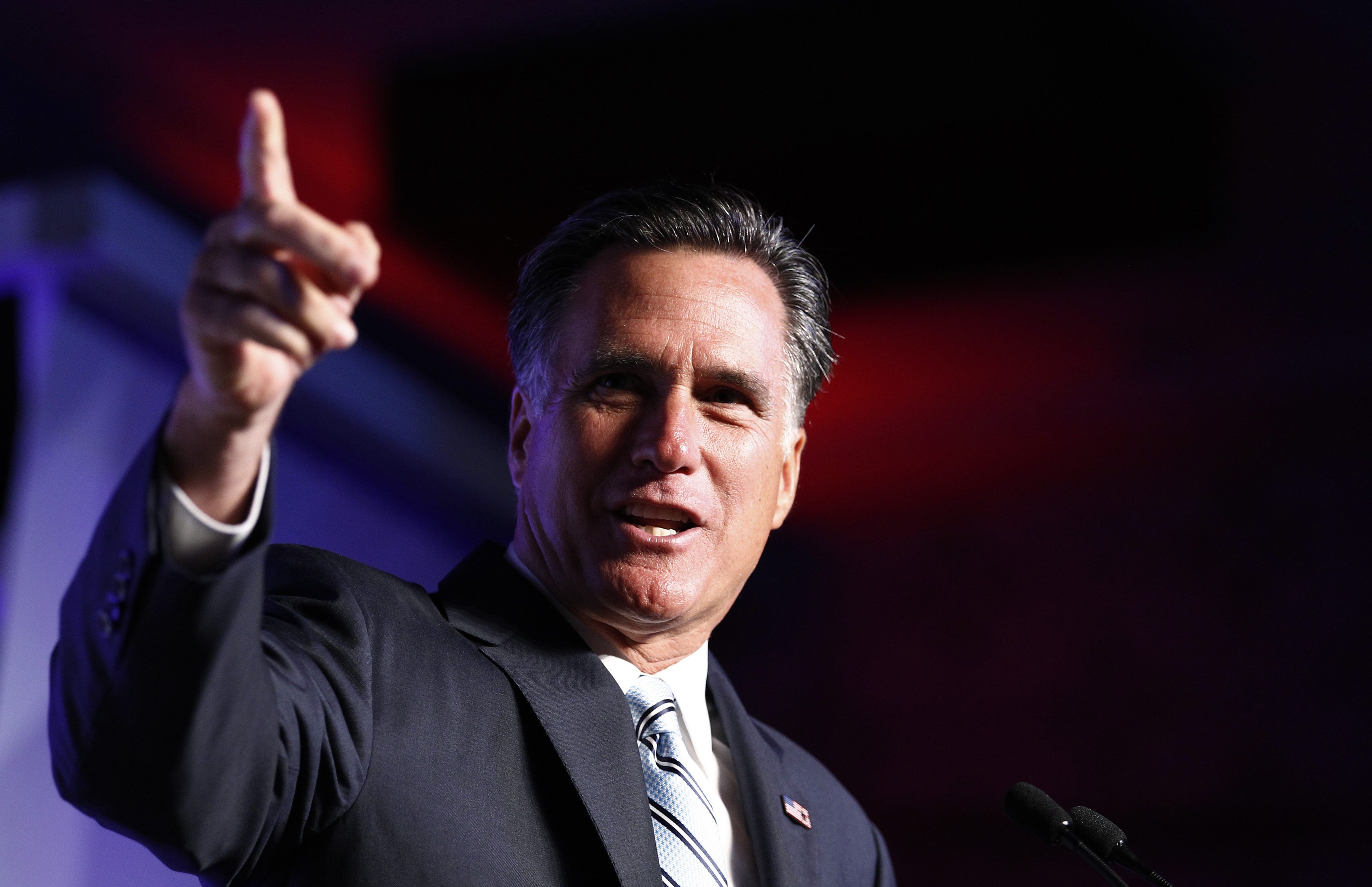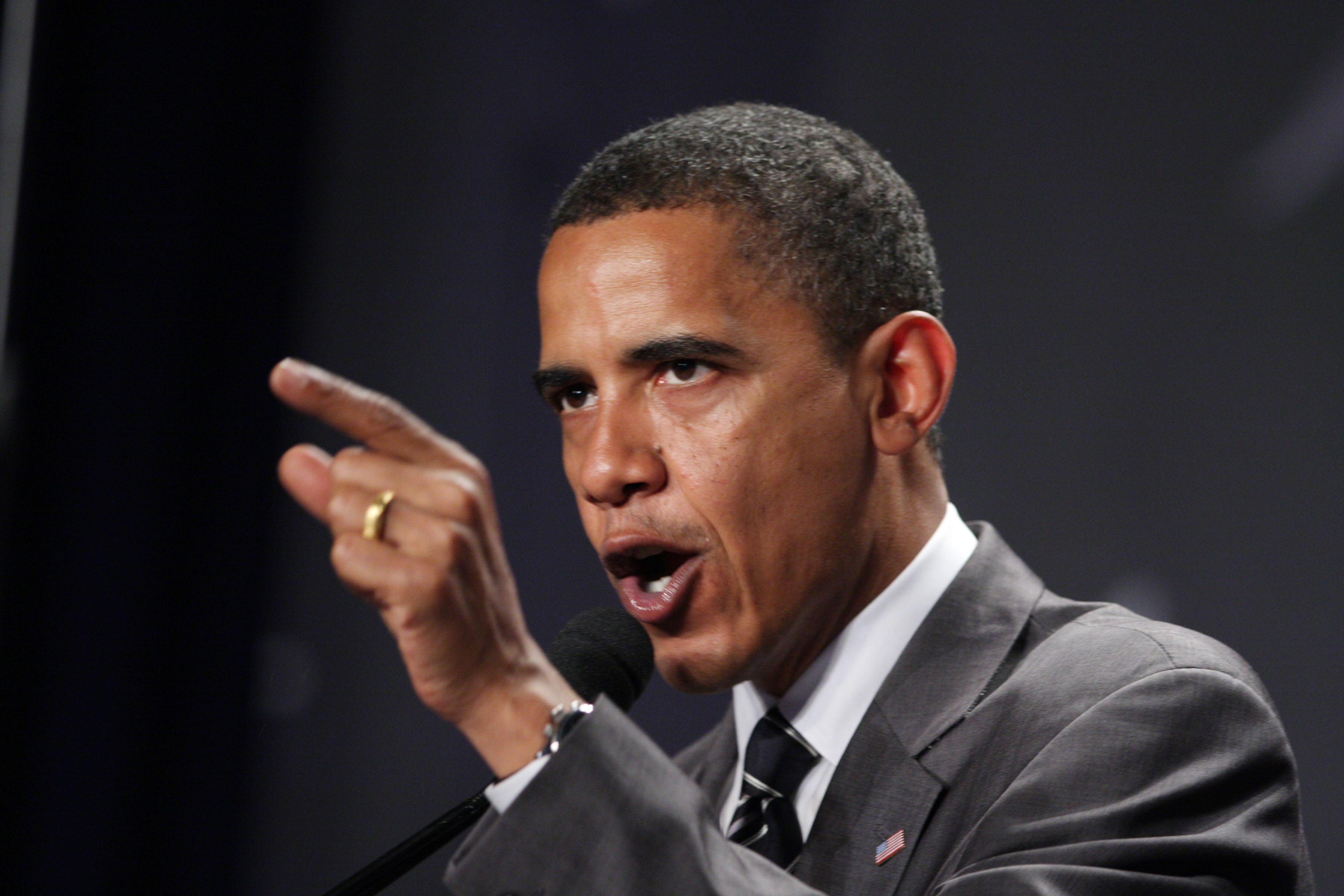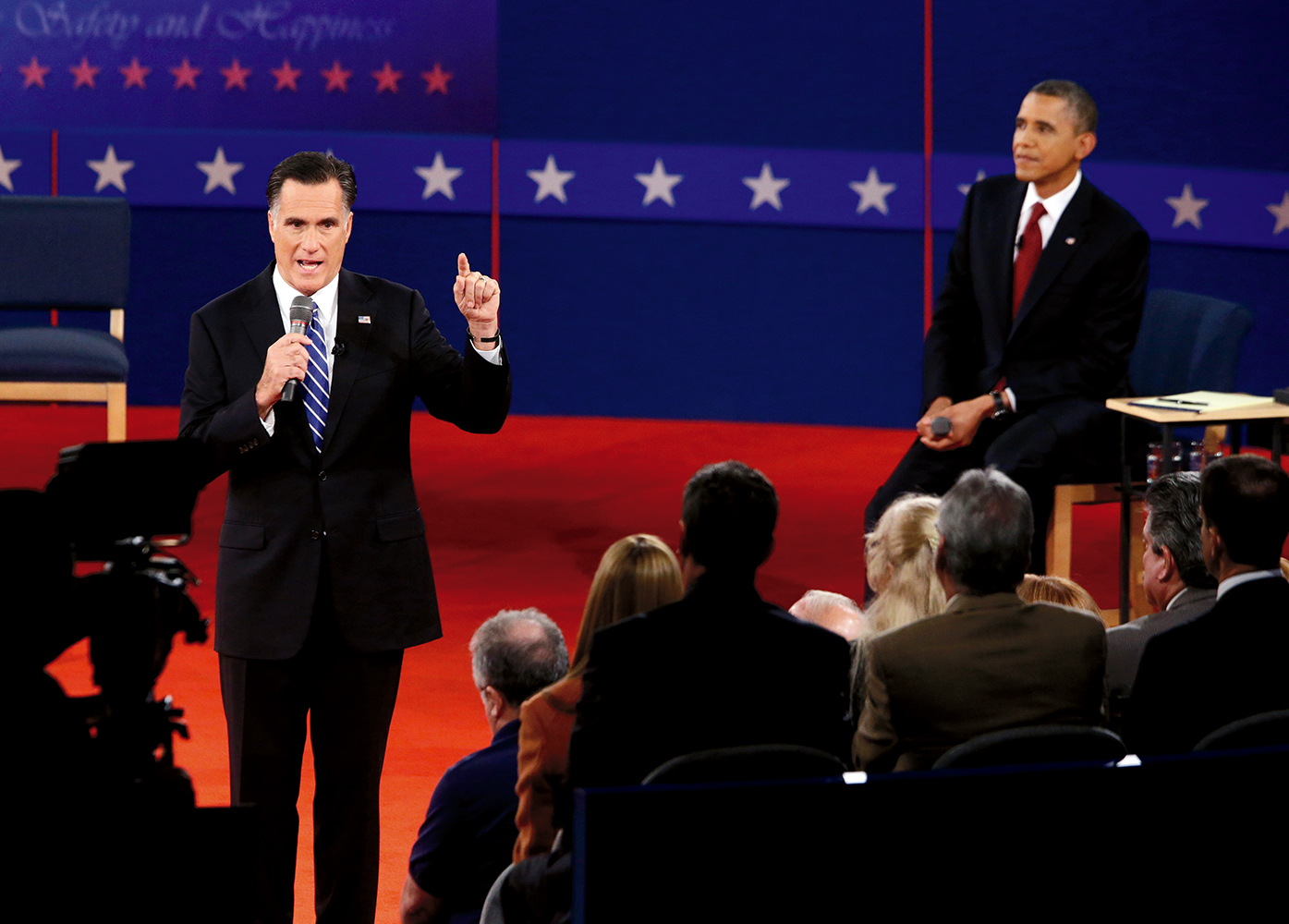posted at 8:41 am on November 6, 2012 by Ed Morrissey
The ballot in my state has two somewhat controversial referendums, both of which probably have more drama than any of the candidate races – including, until just recently, the presidential election. One measure should pass rather easily, as the voter-ID requirement has maintained its popularity throughout most of this cycle. The other would move the current statutory definition of marriage into the state constitution, and its future looks more murky. Before I left Minnesota to spend the election in California, I cast my ballot in support of both measures, and I’ll explain why – and urge my fellow Minnesotans to join me.
First, contrary to what the measure’s opponents have written, it doesn’t change the definition of marriage in the state. Marriage in Minnesota is restricted by statute to one man and one woman. The measure would amend the state constitution to define it more foundationally. That puts the issue outside the reach of the judiciary, which in other states changed the definition of marriage without voters having any say in this government policy. If at some point in the future Minnesota voters want to change the definition of marriage to something else, they can amend the state constitution to do so – and only need a simple majority of all ballots cast, as is the case today. Citizens who believe that representative government and direct democracy are better forms of self-government than judicial fiat should support this process.
Second, I believe that government has little legitimate interest in formal recognition of sexual relationships (other than to bar consanguinous relationships or exploitative relationships with minors), and that the formal recognition process that marriage represents should only take place where government has a pressing interest. I’ve written before that I think government would do best to stay out of marriage altogether, and leave it to the churches. That would be the best possible solution in a perfect libertarian world.
However, that’s not the world in which we live. The only legitimate state interest in otherwise consensual sexual relationships are those whose form could produce offspring. Government offers recognition of marriage (and certain incentives) in order to fix paternity and hold parents responsible for upkeep and behavior of children produced from those relationships. We have seen the damage done to society from children produced outside of marriage, and the costs to our communities through the increased need for government services. That doesn’t mean that every marriage has to produce children to be legitimate, but the form of the heterosexual relationship is the only one in which government has any legitimate interest in certifying ahead of the production of offspring. Otherwise, government has no legitimate role in licensing sexual relationships, and no need to do so.
Third – and to my mind, the most compelling, especially of late – allowing for the possibility of redefining marriage leaves churches vulnerable to government intrusions at the altar. Right now, churches act as agents of the state in conducting weddings. For those who think that a change in definition would not inevitably lead to mandates on churches to “not discriminate” in conducting ceremonies for those relationships which violate their religious doctrines hasn’t been paying attention to the HHS mandate. In that case, the federal government will force religious organizations (schools, charities, health-care providers) to violate their doctrines by facilitating access to contraception and sterilization, and that’s without the added lever of acting in stead of the state, as churches do when officiating at weddings. Instead of leaving marriage to the churches, a change in definition will give the state a powerful way to either force churches to perform weddings that violate their belief systems or stop performing them altogether.
And that last point relates to the second, too. If we are to hand that kind of lever to the state, it shouldn’t be the state itself – through its judiciary – that activates that lever. That decision has to come from an informed electorate that truly wants its government to begin licensing sexual relationships in which they have no real interest, and giving their government an opening to push churches out of the sacrament of marriage.
For those reasons, I urge my fellow Minnesotans to vote yes on the marriage amendment, as I did last week.

